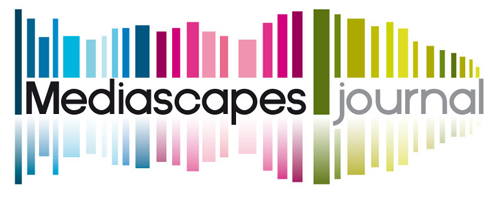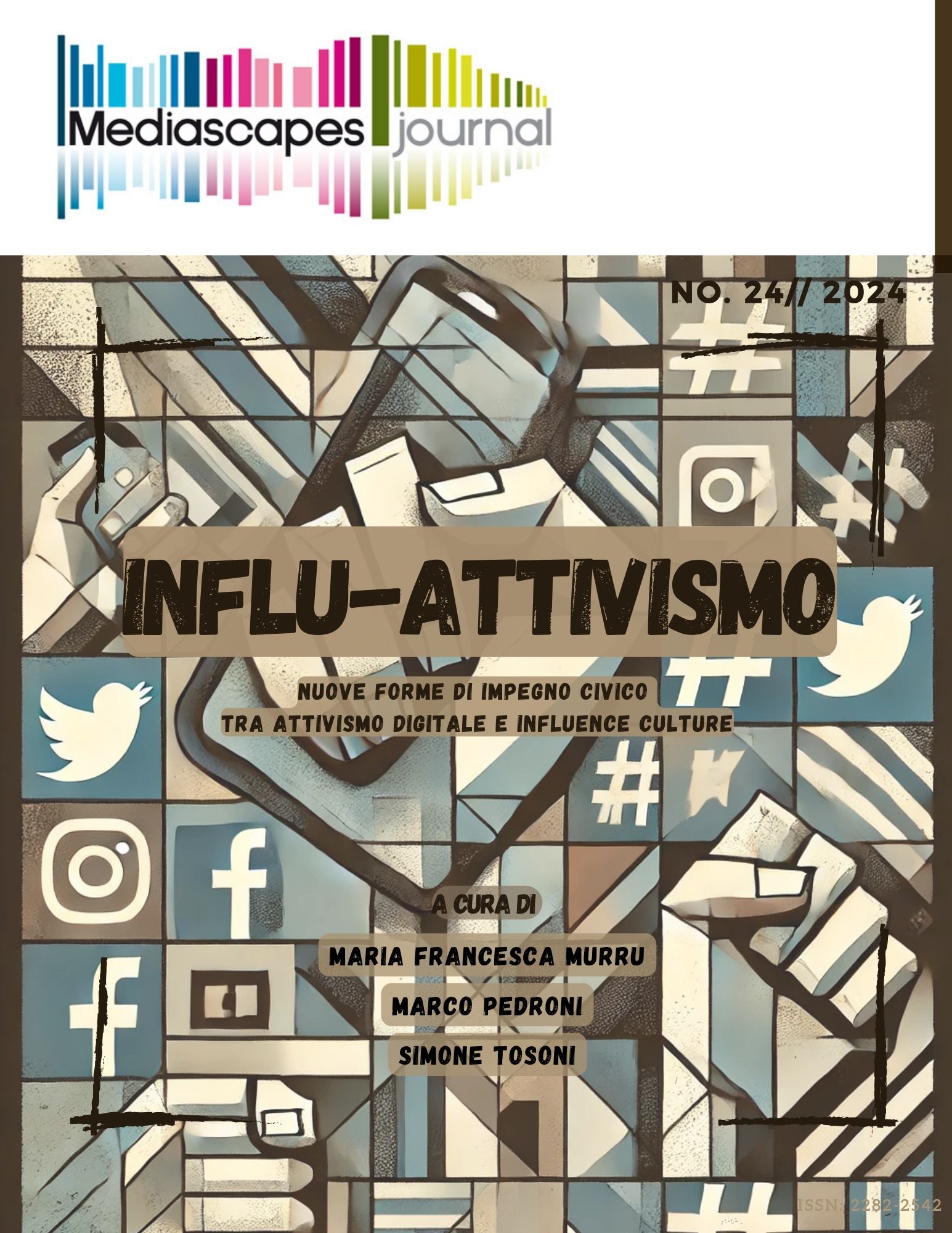Che genere di influencers
Tra femminismo e retorica
Keywords:
Influ-activism, digital platforms, feminism, content creatorsAbstract
This study aims to explore the implications and potential challenges arising from the (more or less instrumental) use of gender issues by Italian influencers. In particular, we map the pulpiness of the themes emerging from a sample of 30 Italian content creators who base most of their storytelling on feminist claims. The research highlights the trade-off between activism and self-promotion, resulting in the possible dilution of meanings associated with feminism and the trivialisation of social moments. By using a follow-the-medium approach, two digital platforms were selected: Instagram and TikTok. Through a content analysis, this study aims to reflect on the effectiveness and limits of the activism of some influencer in promoting agendas with feminist themes, comparing some case studies. That is, the gender rhetoric adopted by four Italian activists (Giulia Blasi, Irene Facheris, Giorgia Soleri and Federica Fabrizio) were analysed in order to investigate the connections between images of the female body, biopolitics, platform capitalism and neoliberal feminism. The interpretative hypothesis is that there is an inescapable connection between their storytelling and platform capitalism: neoliberal and popular feminism depends on and validates the interests of social media platforms. Consequently, the idea of the influ-activist and feminism arises as a discourse to be performed rather than as a (collective) movement, an issue focused on the individual and her self-branding practices. Practices that are not, however, to be considered purely normative, but nevertheless emphasise forms of empowerment, albeit individual rather than linked to structural dimensions.
Published
How to Cite
Issue
Section
License

This work is licensed under a Creative Commons Attribution 4.0 International License.
Mediascapes Journal is published under a Creative Commons Attribution Licence 4.0.
With the licence CC-BY, authors retain the copyright, allowing anyone to download, reuse, re-print, modify, distribute and/or copy their contribution. The work must be properly attributed to its author. It should be also mentioned that the work has been first published by the journal Anuac.
Having published these contributions for the first time, Mediascapes Journal will have the right to publish them integrally or partially as reprints or possibly as part of a thematic issue, in both digital and printed format.
It is not necessary to ask further permissions both to author or the journal.


